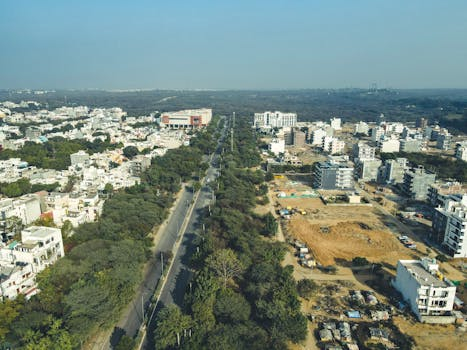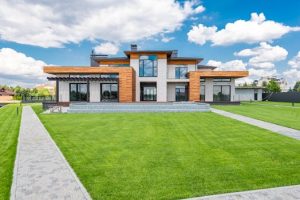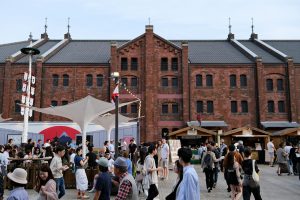Retail Real Estate in 2025: Suburban Growth and Urban Revival
In the midst of a shifting retail landscape, there is much speculation about the future of retail real estate. With the rise of e-commerce and the decline of traditional brick-and-mortar stores, many experts have predicted the downfall of suburban malls and the revitalization of urban centers. However, when we look ahead to 2025, it seems that the reality may be quite different. While there are certainly challenges facing the retail industry, there are also opportunities for growth and revival in both suburban and urban areas. In this article, we will explore the trends and factors that will shape the retail real estate landscape in 2025, with a focus on the dynamic relationship between suburban areas and urban centers.
The Evolution of Suburban Malls
For decades, suburban malls were the go-to destination for shopping, dining, and entertainment. But with the rise of online shopping and the convenience of one-stop-shop retailers like Walmart and Target, these malls have struggled to keep up. Many have been forced to close their doors, leaving behind empty and decaying spaces. However, the retail apocalypse may not be as dire as it seems.
Recent data has shown a surprising surge in suburban mall sales, with an increase of 7.1% in 2018 compared to the previous year. This can be attributed to a shift in strategy for these malls, with a greater focus on experiences and services rather than traditional retail. Many malls have added amenities such as movie theaters, fitness centers, and even coworking spaces to attract customers. This trend is expected to continue in the coming years, with suburban malls becoming more of a lifestyle destination rather than just a shopping center.
The Role of Technology
In addition to offering a diverse range of experiences, technology will play a crucial role in the revitalization of suburban malls. With the rise of the Internet of Things (IoT), malls can utilize data-driven insights to enhance the customer experience. For example, a mall can use sensors to track foot traffic and optimize store layouts, or offer personalized promotions and recommendations through mobile apps.
Virtual and augmented reality technologies can also provide an immersive and interactive shopping experience for customers. This is especially beneficial for retailers that may not have a physical presence in the mall, allowing them to reach new customers and increase sales.
The Urban Revival
While suburban malls are finding new ways to thrive, urban centers are also experiencing a revival in retail real estate. With the growing trend of urbanization, there has been a surge in demand for retail space in downtown areas. This is driven by a desire for convenience, walkability, and the unique experiences that urban centers offer.
In 2025, we can expect to see an increase in mixed-use developments in urban areas, with retail spaces being integrated into residential and office buildings. This will create a sense of community and allow for a more seamless integration between work, living, and shopping. In addition, as more people choose to live in urban centers, there will also be a greater demand for essential services such as grocery stores, pharmacies, and gyms within these areas.
The Impact of Sustainability
In addition to the convenience and experiences offered by urban centers, there is also a growing focus on sustainability. In 2025, sustainability will become a key factor for both retailers and consumers. This will have a significant impact on the design and construction of retail spaces in urban areas, with a focus on eco-friendly and energy-efficient buildings. This trend will not only attract environmentally-conscious consumers but also help retailers save on operational costs in the long run.
The Power of Collaboration
As we look ahead to 2025, it is clear that collaboration will be essential for the success of both suburban malls and urban retail spaces. Retailers, developers, and city planners must work together to create a symbiotic relationship between these two distinct areas. This can include initiatives such as public transportation improvements to connect suburban and urban areas or partnerships between local businesses to offer joint promotions and events.
In addition, retailers can also collaborate with each other to create unique shopping experiences that cannot be duplicated online. For example, a clothing store may partner with a beauty salon to offer styling and grooming services, or a bookstore may collaborate with a coffee shop to create a cozy reading nook.
In Conclusion
In 2025, the retail real estate landscape will be shaped by the evolution and collaboration of both suburban and urban areas. Suburban malls will continue to adapt and thrive by offering a variety of experiences and utilizing technology, while urban centers will attract an influx of consumers seeking convenience, sustainability, and unique experiences. By working together, these two areas can create a dynamic and thriving retail industry that is capable of weathering any challenges that may come its way.










